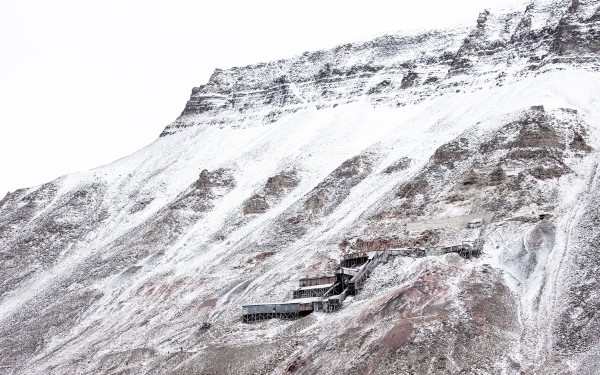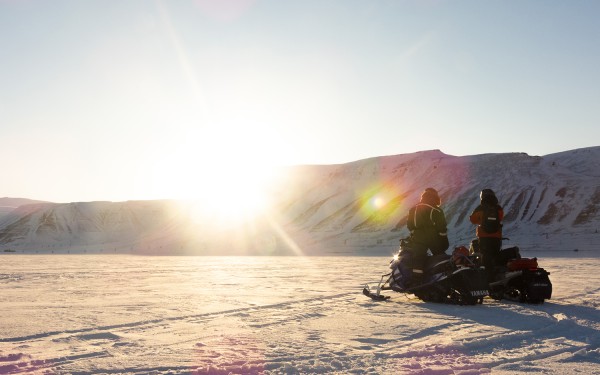I primarily study citizen engagement in environmental governance, natural resource management and infrastructural development, focusing on how citizens can influence decision-making that facilitates positive environmental and societal changes.
My doctoral research examined company-community disputes in the Guatemalan mining sector, with a particular focus on the innovative ways vulnerable groups attempt to influence decision-making processes in highly complex environments.
In my postdoctoral research, I studied public participation and citizen engagement in crude oil pipeline regulation in the United States. In this work, we examined the conditions under which opposition to oil pipeline development emerges, how state-level regulatory dynamics enable or constrain social mobilization, and how civil society groups navigate regulatory processes.
Recently I have been involved in projects about sustainable tourism in the Arctic, adaptive co-management of social-ecological fjord systems in the Arctic, sustainable mining for Rare Earth Elements in Norway, as well as socio-ecological tipping points and clean-energy transitions.
Anna G.
Sveinsdóttir
ansatt
2021: Postdoctoral Research Associate at the Department of Natural Resources & Environmental Sciences at the University of Illinois at Urbana-Champaign
2019: PhD in Geography at the University of Denver
2014: MPhil in Culture, Environment and Sustainable Development from the Centre for Development and the Environment at the University of Oslo
2012: BSc in Tourism Studies from the University of Iceland




